Food and drink photographer Louise Palmberg makes images good enough to eat
Warning: Do not read if hungry.
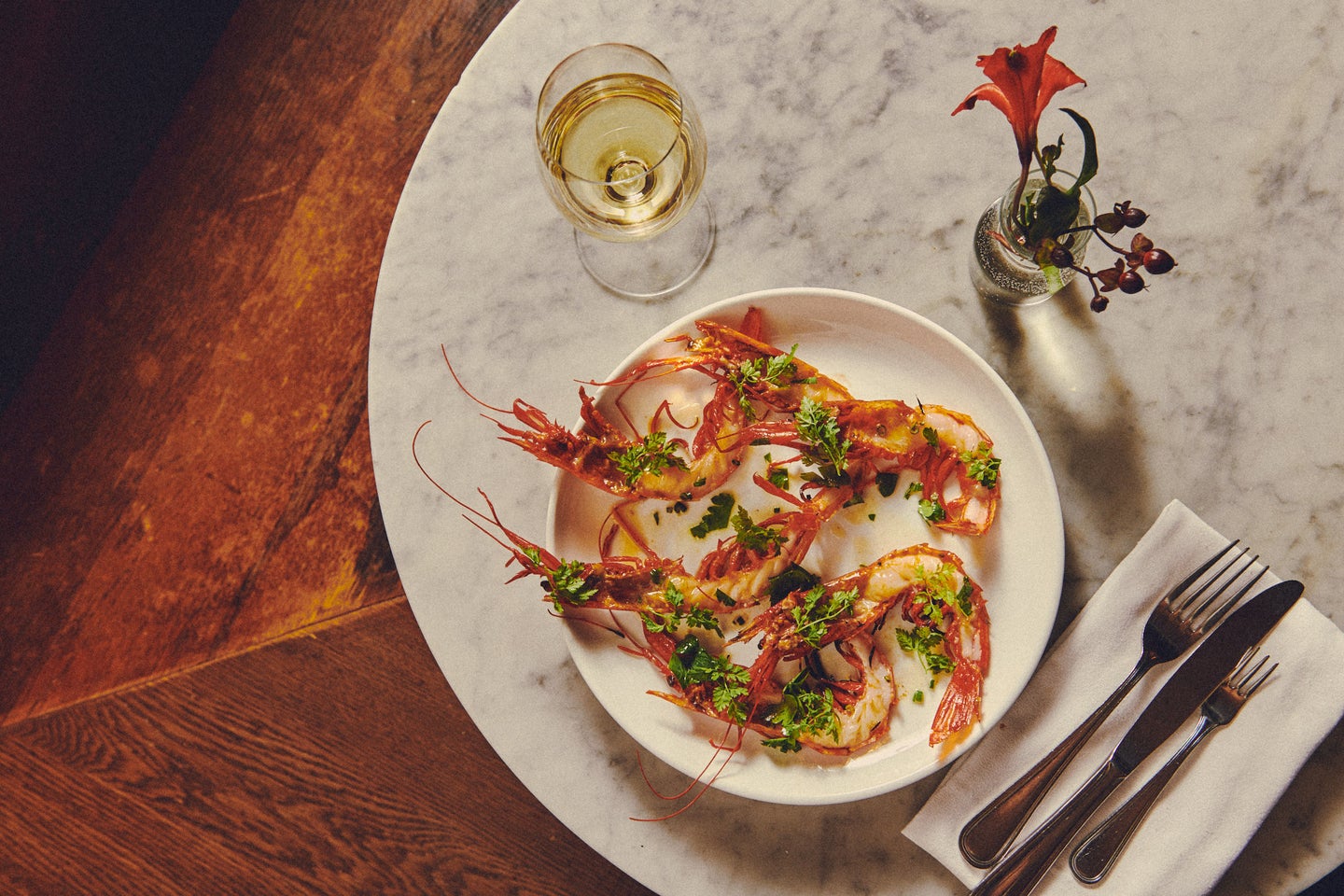
Louise Palmberg’s love for food shines through in her photographs. The New York-based food and drink photographer (by way of Sweden) shoots for commercial clients like Starbucks, Cointreau, Carl’s Jr. and The Cheesecake Factory.
Here she shares her tips for how to make dishes look delicious. She also chats with us about the joys of working with a prop stylist and explains why she prefers to shoot with strobes. So tuck in your napkin, it’s time to talk food photography.
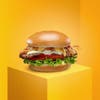
How did you get started with food and drink photography?
Both my parents worked in restaurants growing up and I think I set foot in my first commercial kitchen when I was 12. I was working in kitchens throughout high school and while I was in art school, I realized that I couldn’t stay away from restaurants. I’ve always really loved food. And I feel very connected to it and I love people who work in restaurants.
I had this realization when I was a junior in college, I think it was around 3 AM, as I was standing on the subway platform waiting for my train. Throughout art school, I’d been lost, trying to figure out what I wanted to shoot. Suddenly I was just like, “what if I shot food and restaurants?” And I figured it out. That is what I should do.
I started connecting with people who I knew working in kitchens and asked if I could come to shoot in their kitchen. I also did a year-long food project about executive chefs under 30 in New York City. That project helped me build my book, from a food and restaurant perspective.
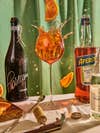
The restaurant and the photo industry obviously took a big hit during the pandemic, but I know you were still shooting, can you tell me a bit about the images that you were making during that time?
For most of the pandemic, I was all alone. I lived by myself in this apartment, I couldn’t see anyone and all my jobs went away. But obviously, I am obsessed with my job and I couldn’t stop doing it. So I started talking to my prop stylist, Caroline Dorn. And we started this personal collaboration where we would talk about an idea and then she would go to her storage and pack boxes of props for me. She would then leave them outside my door, and over a videochat, she’d help me style my shoots.
I also knew I wanted to get more into beverage photography and the best way to attract new clients is to shoot a bunch of self-assigned work. I shot a bunch of cocktails in isolation (like the one above).
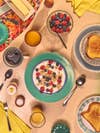
What are the benefits of working with a stylist on a shoot?
It’s really nice when you work with a prop stylist who really gets you and really works with your vibe well. I met Caroline on set for Cointreau and we just really hit it off immediately. She sources stuff that I didn’t even know I wanted. I feel like if I’m working without a prop stylist, which I rarely do these days, it’s hard to kind of think outside the box. When I’m working with Caroline, she’ll send me six different napkins and a ramekin that I didn’t know I wanted. It’s like she reads my mind.
What’s your go-to gear when you are shooting on location?
I shoot with a Nikon D850 99% of the time—unless it’s a billboard because then I’ll shoot medium format. And I really enjoy shooting with the [battery-powered] Profoto B10 strobes because they are super versatile, easy to throw in my backpack and just so powerful.
I started working with them because you never know where you’re going to find an electrical outlet in a restaurant. So I always prefer shooting with a battery-powered strobe. It’s very often the only light I use. I can control it from my phone, I can put it anywhere and it’s so easy and so powerful. I’ll use a variety of modifiers with it. I personally love a hard shadow, so some of my favorites will be reflectors and grids. And I like to use a soft modifier for a key light or for highlighting bottles. I also use two strip lights to enhance the shape of the bottle.
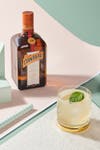
Do you ever use natural light when shooting food or beverages?
It’s very rare that I shoot only with natural light. Depending on where I’m shooting, it will usually be a mix of both. I definitely prefer strobes because I can control them. When shooting editorial content, I have to work with whatever the lighting situation is at the destination—whether it’s the restaurant or someone’s home. It requires a lot of thinking on your feet, which is also why the B10 strobes are so good. They’re also so small and don’t take up much room.
Plus, a lot of restaurants plan their [in-house] lighting to have an enjoyable dining experience. But all of it is overhead lights and it looks like crap when you try to shoot it. So I always try to supplement or enhance the experience through strobes.
What’s your favorite food or drink item to photograph?
I love a colored liquid—a beer, wine, or whiskey. With those, I can light through the liquid and cast a colored shadow onto the [background] surface. I also love a glowy bottle.
From a food perspective, I love a hyper-saturated kind of warm, inviting feel. So I love it when the scene is maybe not 100% perfect. I like it when it’s a little bit lived in and it has a lot of color and texture. Lately, I’ve been shooting a lot of brunches and a lot of tablescapes—big tables filled with food. And that’s always fun.
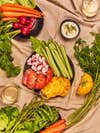
What advice would you offer to someone who is just getting started with food photography?
Try to gang up with someone who knows how to cook. Or just cook yourself. Shooting some beautiful dishes at home is so valuable so you can have something to show. Going to a bakery or going to a coffee shop or a restaurant and purchasing something and shooting the dish that comes out, I think is also super valuable. And then honestly, just go into a restaurant that seems friendly and ask if you can shoot something for them. It’s valuable to have a portfolio.
What’s the best part of being a food and drinks photographer?
Probably the eating—it’s definitely the best part of my job. I also think that it’s so fun to chat with chefs and restaurant owners, so that’s also always a highlight.
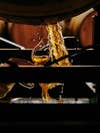
Want more food photography fun? Check out these strange yet effective tips and tricks used by commercial food photographers to make everything look tastier.
